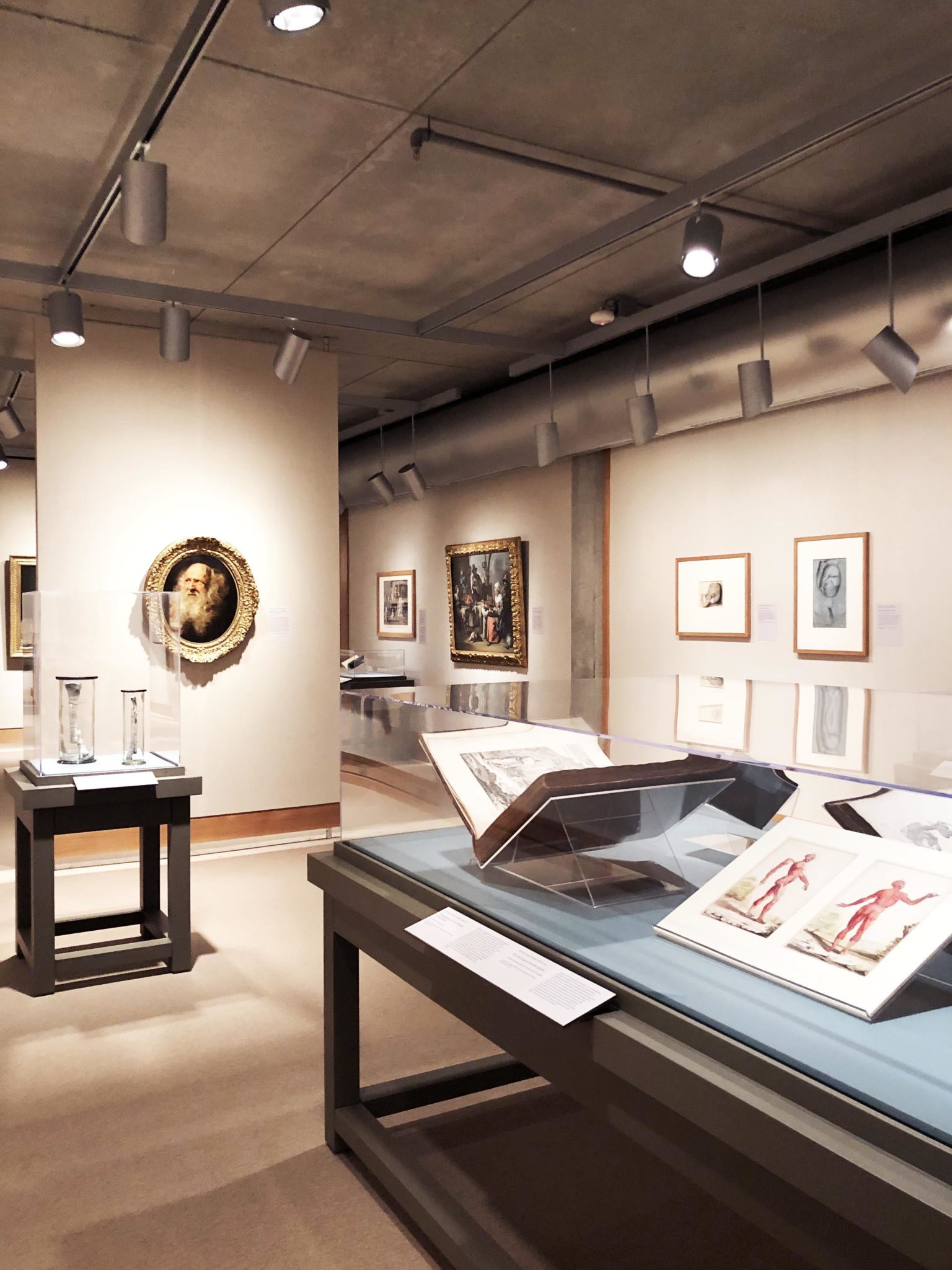
Phoebe Liu
The “William Hunter and the Anatomy of the Modern Museum” exhibit, which opened at the Yale Center for British Art on Feb. 14, serves as an acknowledgement of Dr. William Hunter’s place as arguably the father of the modern museum and his legacy in using objects to teach successive generations about the human identity.
Hunter — an eighteenth-century Scottish anatomist, physician and collector — amassed a collection that includes drawings, ancient coins, oceanographic objects, prints, casts of gravid uteri and portraits of and by his contemporaries. Last year, part of this collection — usually housed in The Hunterian, a museum at the University of Glasgow — was selected for an exhibit celebrating the 300th anniversary of Hunter’s birth. The exhibit has since travelled to America and has opened on Yale’s campus.
“One of the really wonderful things about an exhibition of this sort is the realization that every object in the collection can be approached from a number of different angles,” said Mungo Campbell, guest curator of the YCBA exhibit and deputy director of The Hunterian.
Campbell stressed the importance of placing Hunter’s perspective in context, stating that during Hunter’s time, the arts and sciences were not regarded as separate disciplines — a viewpoint that reflects the inherent interdisciplinary nature of Hunter’s collections.
“We can wonder at beautiful things and be awestruck by amazing things gathered from around the world,” said Campbell. “The idea [is] that every object gathered together in a collection has been brought there for a purpose to provide a starting place for research for teaching.”
As an anatomist and physician, Hunter took interest in using the inductive method to make observations and draw connections between seemingly-disconnected events. The exhibit marks the YCBA’s first display of human remains — in the form of a badly-healed fractured bone that once belonged to James Douglas, a Scottish physician and contemporary of Hunter. Douglas’s desire to lend specimens for research had a profound influence on Hunter’s work.
Following Douglas’s example of empirical research based on human remains, sketches from Hunter’s book “Anatomy of the Human Gravid Uterus” are also on display. Hunter, who was also a male midwife, dissected and studied 13 female cadavers at various stages of pregnancy collected over approximately 25 years.
“[At this time], there’s no concept of medical ethics, nor of consent,” said Nathan Flis, head of exhibitions and publications and assistant curator of 17th-century paintings at the YCBA, who adapted the Hunterian Museum exhibit to tell a story that better fits the YCBA’s space. “This is a very patriarchal society – men make a lot of decisions on what to do with women’s bodies,” Flis said.
According to Flis, the YCBA’s exhibit asks its visitors figurative and “almost philosophical questions of the origins of the human being.”
During Hunter’s time, no laws existed to govern patient consent for the use of cadavers for research, so the exhibit includes a partnership with four contemporary artists to thank those whose bodies, through dissection, made Hunter’s research possible.
On the ground in this section is a Tejo, a type of Spanish hopscotch, where each piece of the mosaic is a segmented concrete cast of the skin of cadavers from the Yale Anatomy School. The piece, inspired by Dante’s Inferno, represents the journey from various levels of hell to heaven and reflects how Hunter examines objects with an attitude described by Flis as “uncompromising in his empiricism.”
Although Hunter could not specialize in every discipline, he sought to fulfill his broad instructional mission by working with specialists in other disciplines.
“It is not the object but the thinking behind the ideas [and] the way he understood the world,” said María Dolores Sánchez-Jáuregui, the William Hunter Tercentenary Curator at The Hunterian. “They explain all their observations in printed form so that everybody can get access to that information. This is the inductive method and what Hunter is doing with his medical research, and he’s applying it to all the objects in his collection.”
In the exhibit, the objects are displayed together to reflect the continuous, interdisciplinary narrative Hunter intended to create.
“It is a continuation [of Hunter’s vision],” said Sánchez-Jáuregui. “We in Glasgow are just now in the process to bring together all our collections that are separated physically under one same roof, like he had.”
“It is precisely a rediscovery that… the world that we encounter, the eyes of younger scholars, the minds of younger scholars tend to be shaped yes, by disciplinary background, but evermore are much more richly based in a broader understanding and broader level of inquiry, in a sense that Hunter would have understood,” said Campbell.
The exhibit will remain on display until May 20.
Phoebe Liu | phoebe.liu@yale.edu







